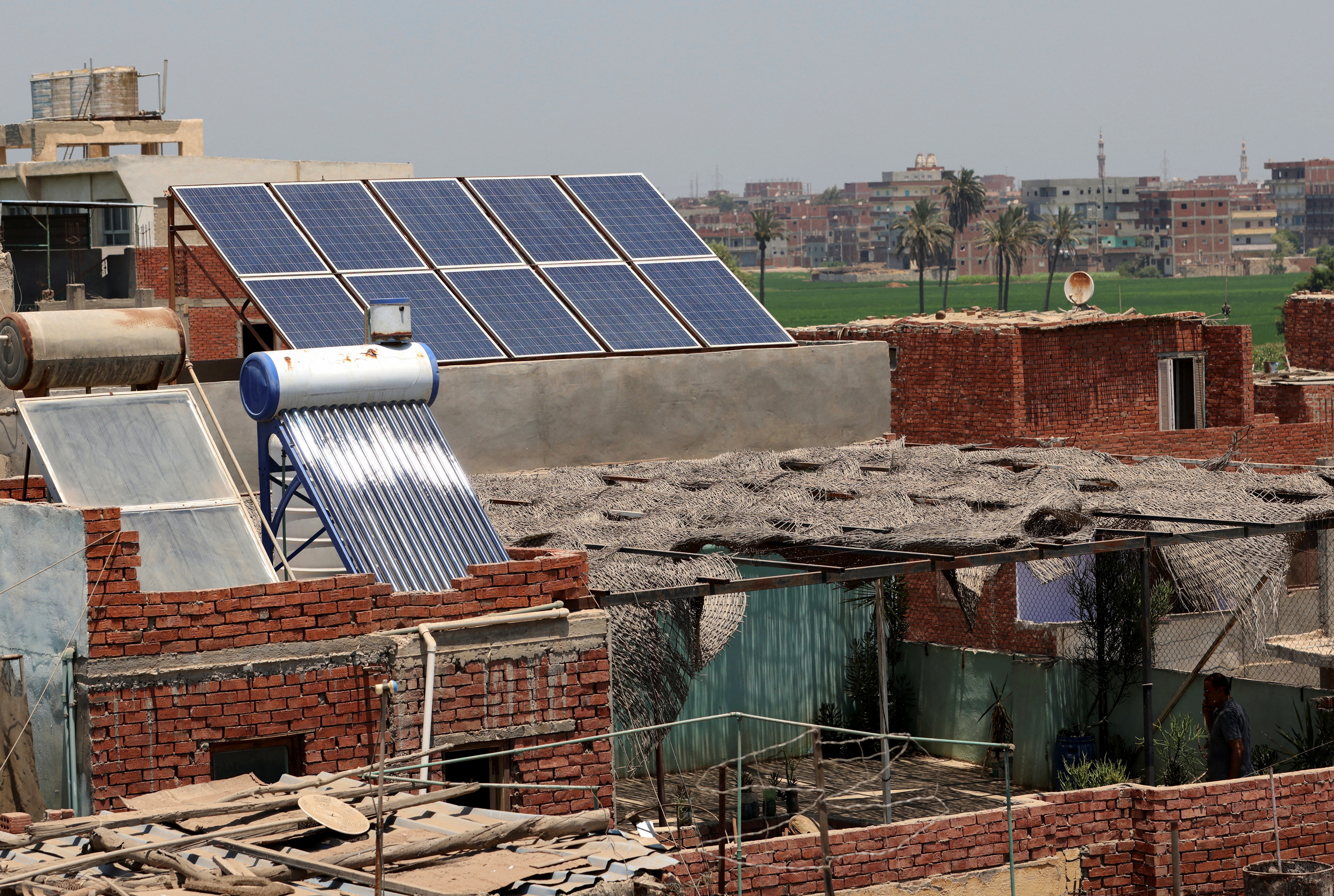Why are HIV rates still increasing in rural South Africa?

Stay up to date:
Economic Growth
This article is published in collaboration with The Thomson Reuters Foundation trust.org.
When HIV-positive patients first came to seek treatment at the rural Uthungulu district health clinic in South Africa’s eastern KwaZulu-Natal province in 1998, their records were kept in brown folders, the colour designated for the disease.
In a country where the stigma of carrying the virus that causes AIDS runs high and many people keep their status a secret, that folder – held by a nurse calling out a patient in a crowded waiting room – was a major disincentive to seeking help.
“People used to struggle to go to Nqutu instead,” a larger community 50 km (31 miles) away where they were less likely to be recognised, remembers Sister Jacqueline Nludla, who manages the Uthungulu clinic in Qudeni, a village 200 km from Durban.
Now, however, the folders for HIV patients at Uthungulu are yellow – the same colour used for all chronic diseases – and the rows of plastic chairs in the small waiting room of the red brick clinic are full. Altogether, 228 community members are on antiretroviral treatment at the clinic.
Treatment for HIV patients in South Africa has made huge strides in the last decade but concerns remain as the number of newly infected people each year still outnumbers those who gain access to treatment, with girls and young women most at risk.
“We need new prevention tools if we are to escape this epidemic,” Naledi Pandor, the country’s minister of science and technology, admitted at an AIDS conference last year.
South Africa has the world’s largest HIV treatment programme, with more than 6.8 million people in the 53 million population living with HIV and 2.7 million taking a daily pill that, mostly, turns the infection from a killer into a manageable condition.
Girls and women at risk
Since February, no HIV patient receiving care at the Uthungulu clinic has died, Nludla said proudly. When the clinic opened, she said, it saw 10 deaths a month.
Transmission of the virus from infected mothers to their babies also was zero this year, largely as a result of the clinic testing all pregnant mothers for HIV and ensuring those with the virus start – and stick with – treatment, she said.
“If people don’t come in we jump on the computer and trace them, phone them or their families, and then they turn up,” said the nurse, in her crisp red clinic jacket and white skirt.
In a community where many people struggle to afford bus fares and walk long distances across valleys to the clinic, she allows people to take home treatment from the day of diagnosis, violating government protocol requiring a return trip.
“I decided we are not going to follow the guidelines,” she said, noting that getting people on treatment – and keeping them there – is what matters in a community devastated by hundreds – if not thousands – of AIDS deaths over the last decade.
Nludla said her biggest worry is that the number of people on treatment at her clinic continues to rise, despite widespread education campaigns and boxes of freely available condoms. Most new infections are among girls and young women, she said.
In Qudeni, about half of families in the community are polygamous, she said, and if one wife or girlfriend turns up HIV-positive “usually they all are infected”.
Across South Africa, violence against women, and poverty that lures young women to trade sex for cash or gifts are also problems, experts say.
U.N. AIDS, the international agency tasked with quelling AIDS globally, has set a goal to reduce the number of new HIV infections and AIDS-related deaths by 90 percent by 2030.
By 2020 the agency wants 90 percent of people to know their HIV status, 90 percent of those HIV-positive to be on treatment, and 90 percent of those on treatment to be “virally suppressed”, meaning they are unlikely to pass on the virus.
PEPFAR – the U.S. President’s Emergency Plan for AIDS Relief and a major funder of anti-AIDS initiatives in Africa – is also seeking a specific 40 percent reduction in HIV incidence in adolescent girls and young women by the end of 2017 in some of the hardest hit regions of Africa.
In South Africa, despite major advances in fighting AIDS – from stronger political support for treatment to cheaper drugs and the discovery that male circumcision can cut transmission rates – those goals may be hard to meet, experts say.
Brian Brink, the former chief medical officer for mining group Anglo American and one of the earliest advocates for AIDS treatment in South Africa, said drop-out rates from HIV treatment remain a particular worry.
These are estimated at around 25 percent as those who take the drugs begin to feel better or as drugs aren’t delivered on time to rural clinics. Brink said this could spur resistance to cheap frontline treatment drugs.
Free government drug treatment is not yet available to all those HIV positive in South Africa, but this may be needed to meet the global goals, not least because those on treatment are much less likely to pass on the virus, Brink said.
In a country where 40 percent of the population is under the age of 20, keeping young people – particularly young women – free of HIV will be the marker of success, he said.
“That’s the group we need to protect. That’s the generation that has to be HIV-free. That is the challenge,” he said. “We cannot afford to take new infections into the system.”
Publication does not imply endorsement of views by the World Economic Forum.
To keep up with the Agenda subscribe to our weekly newsletter.
Author: Laurie Goering edits AlertNet Climate, the Thomson Reuters Foundation’s news website on the humanitarian and development impacts of climate change.
Image: A volunteer suffering from HIV/AIDS makes AIDS symbols with red ribbons.REUTERS/Rupak De Chowdhuri.
Don't miss any update on this topic
Create a free account and access your personalized content collection with our latest publications and analyses.
License and Republishing
World Economic Forum articles may be republished in accordance with the Creative Commons Attribution-NonCommercial-NoDerivatives 4.0 International Public License, and in accordance with our Terms of Use.
The views expressed in this article are those of the author alone and not the World Economic Forum.
Forum Stories newsletter
Bringing you weekly curated insights and analysis on the global issues that matter.
More on Economic GrowthSee all
Marco Lambertini and Marcelo Bicalho Behar
November 6, 2025
Souleymane Ba and Nakul Zaveri
November 4, 2025
Aimée Dushime
November 4, 2025
Junpei Guo
October 30, 2025
Dylan Reim
October 29, 2025
Børge Brende and Ahmed Al-Khateeb
October 29, 2025





